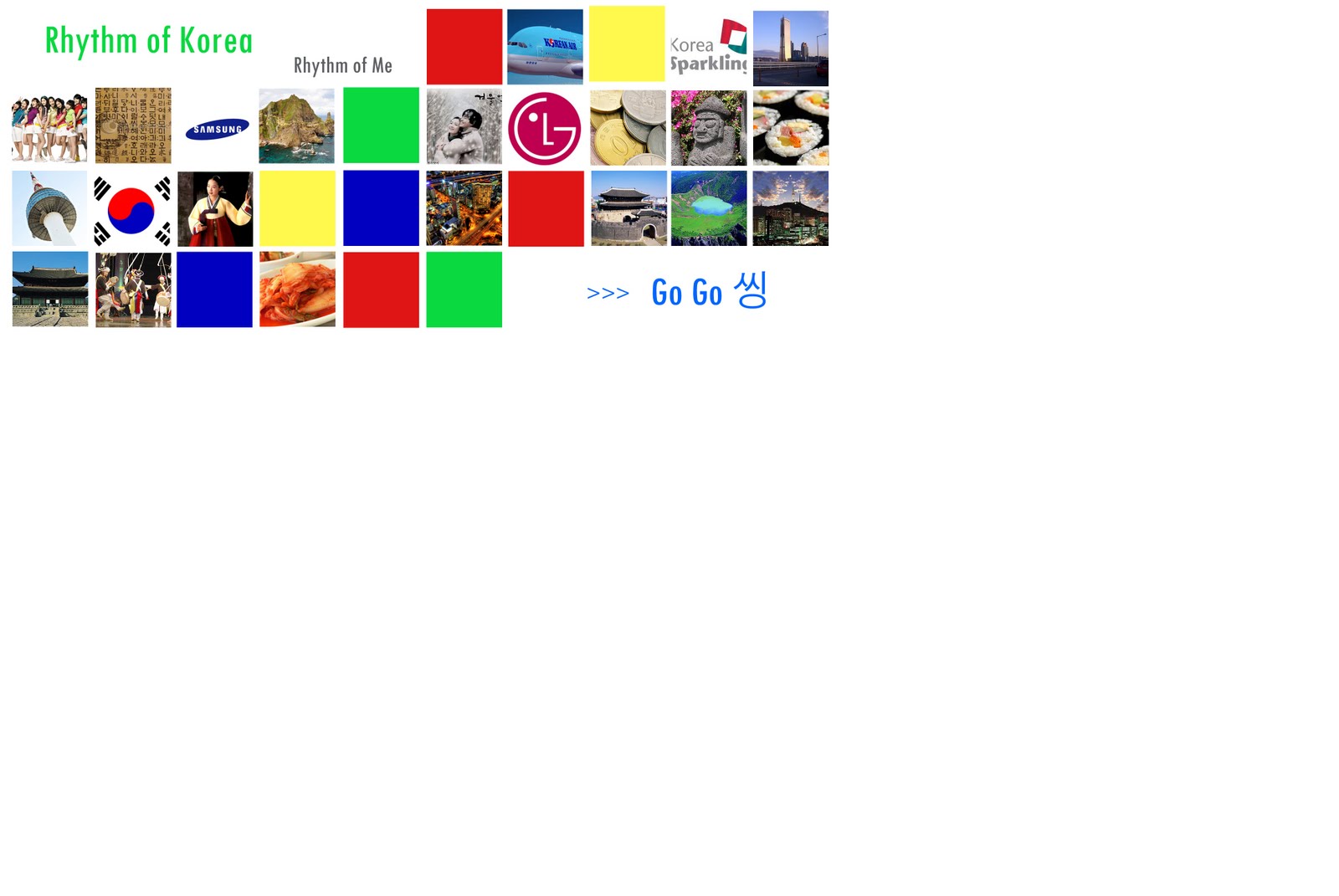Located in the west of Cambodia, Battambang is a major commercial hub connecting Phnom Penh and Thailand and is well known for being the leading rice-producing province of the country. It was believed in the past that the product of rice from Battambang can afford the whole people in the country. Under the French colonization, Battambang is a home to some of the best preserved French colonial architecture in the country and this has become an attractive bonus of the city as well. Nowadays Battambang is also one of attractive tourism destinations in Cambodia. In addition to its beautiful view of natures and wonderful historical sites of the city, Bamboo Train also contributes to the increase of the numbers of tourists in the province as well. What is the Bamboo Train actually? Isn’t a train made from bamboo?
Last year I went to Cambodia during my winter vacation here and one of my Norwegian friends visited me in Battambang, my hometown. I has remembered that I recommended him some famous places in Battambang except the bamboo train. He did not seem to be interested in those places and suddenly asked me back about the bamboo train in Battambang. I was extremely surprised and said I did not know what the bamboo train is and where it could be found. He took out his guide book and showed me the place and I realized bamboo train is one of the famous tourist places in Battambang recommended in the guide book.
The bamboo train is generally an improvised rail vehicle from Cambodia. It was operated after the railways were in a dilapidated state and all services had been suspended due to neglect and damage from civil war during the half of the 20th century.
The bamboo trains have low fares, are frequent and relatively fast, so they are popular despite their design, lack of brakes, the state of the rails and lack of formal operating regime. The bamboo trains can be removed easily from the track. If two bamboo trains meet each other on the line, the one with the lighter load is unloaded, lifted and carried round the other, and at the end of the line the vehicle is lifted and turned. The Bamboo train construction is a cottage industry conducted in trackside villages. A bamboo train has a steel frame overlaid with bamboo slats resting on wheels taken from abandoned tanks, and it takes around four days to be constructed. Originally propelled by hand using punt poles, power is now provided by small motorcycle or tractor engines with belt drive direct to the rear axle, delivering top speeds of 40km/h or more. Fuel is bought from village along the route, supplied in glass jars and the flat-bedded vehicles will carry any load that will fit, including people, livestock, motorcycles and rice.
The Bamboo Train’s Structure
Nowadays the bamboo train is the only train being operated around the Battambang area, which can be observed by the completely overgrown tracks passing through the city. On the outskirts a tourist service operates for $5 per person to a village that has a brick factory. This is overseen by the local tourist police. Now the railways are currently being rehabilitated by the Government and the project will be completed soon. When the time arrives, the bamboo train will be banned to be operated on the rail track as well and there will be no more bamboo train for tourists in Battambang Province. In my own perspective, even after the railways are fully rehabilitated, the government should create another short railway to operate the bamboo train service so that Battambang still has this kind of popular tourist attraction for the good future of Cambodia in tourist field.
References
http://www.peaceofangkor.com/custom-tours.html
http://globetrottergirls.com/2012/08/bamboo-train-battambang-cambodia/ http://gavingough.photoshelter.com/image/I0000x3.w3Dz6M.8
http://www.weather-forecast.com/locations/Battambang



























